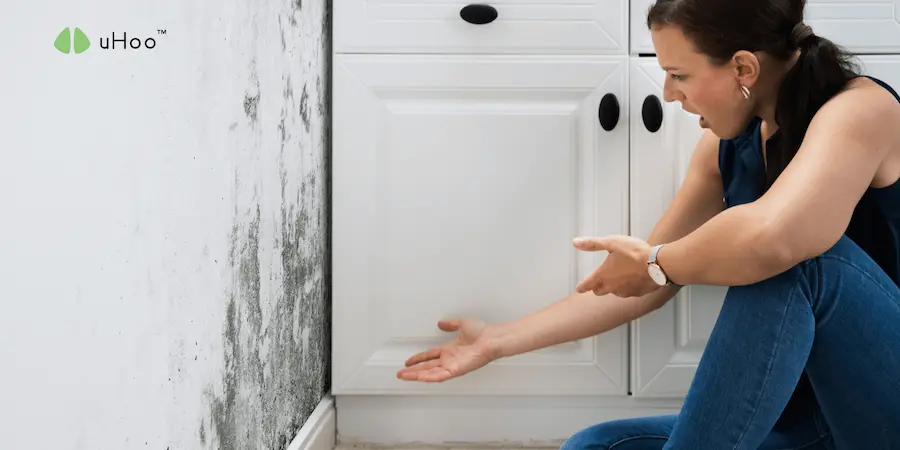Condensation, the formation of water droplets on cold surfaces, is a common occurrence in many homes, especially during colder months. This seemingly innocuous phenomenon can have significant consequences, impacting indoor air quality and potentially leading to mold growth and structural damage.
What is Condensation?
Condensation occurs when warm, moist air comes into contact with a cold surface. Think of a cold glass of water on a hot summer day – water droplets quickly form on the outside. Similarly, in your home, warm, moist air from everyday activities like cooking, showering, and even breathing comes into contact with cold surfaces like windows, walls, and pipes. When this happens, the air can no longer hold as much moisture, and the excess water vapor condenses into liquid droplets.
Factors Contributing to Condensation
- Inadequate Ventilation: Poor ventilation traps moisture within the home, preventing it from escaping.
- Poor Insulation: Inadequate insulation allows cold air to penetrate the home, creating cold spots where condensation is more likely to form.
- Lack of Heating: Insufficient or uneven heating can create cold spots on walls and windows, increasing the risk of condensation.
- High Humidity Levels: Increased humidity in the air increases the amount of moisture available for condensation.
The Consequences of Condensation
- Mold Growth: Condensation provides the ideal environment for mold growth. Mold can thrive in damp areas, leading to musty odors, respiratory problems, and potential structural damage.
- Damage to Property: Prolonged exposure to condensation can damage paint, wallpaper, and even the structural integrity of your home.
- Discomfort: Condensation can create a damp and musty atmosphere, making your home feel uncomfortable and unhealthy.
How to Mitigate Condensation
- Improve Ventilation: Use exhaust fans in bathrooms, kitchens, and laundry rooms, and ensure adequate ventilation throughout the home.
- Improve Insulation: Upgrade insulation in your attic, walls, and floors to reduce heat loss and prevent cold spots.
- Proper Heating: Ensure even heating throughout your home to minimize temperature variations and reduce the risk of condensation.
- Reduce Humidity: Use dehumidifiers to remove excess moisture from the air, especially in damp areas.
- Address Air Leaks: Seal any air leaks around windows, doors, and other openings to prevent cold air infiltration.
- Monitor Humidity Levels: To effectively monitor and control humidity levels, consider using a uHoo air quality monitor to promptly identify and address potential condensation issues, such as identifying areas with high humidity or sudden spikes in humidity levels.
By understanding the causes and consequences of condensation and taking proactive steps to mitigate its effects, you can create a healthier and more comfortable living environment for your family.



